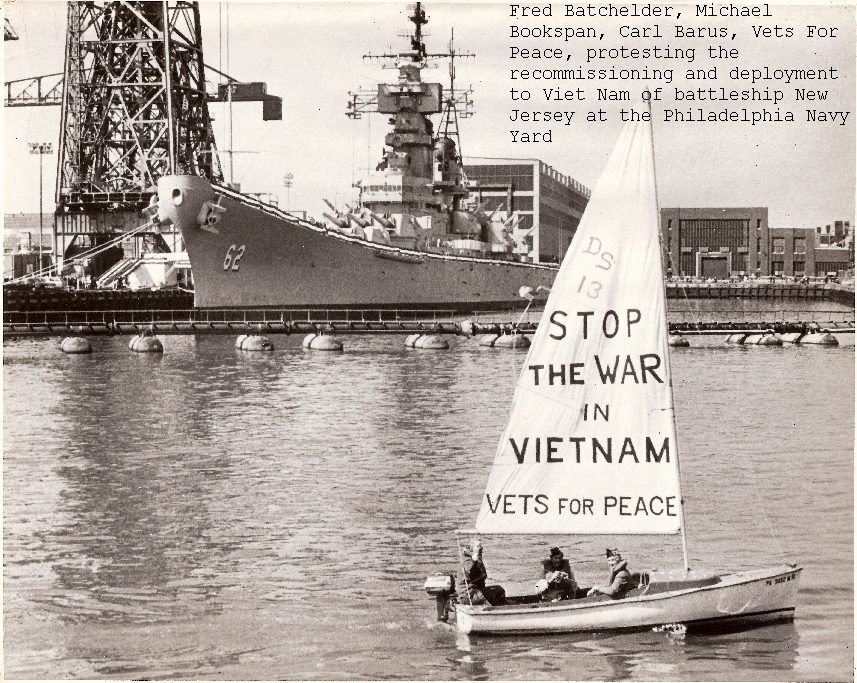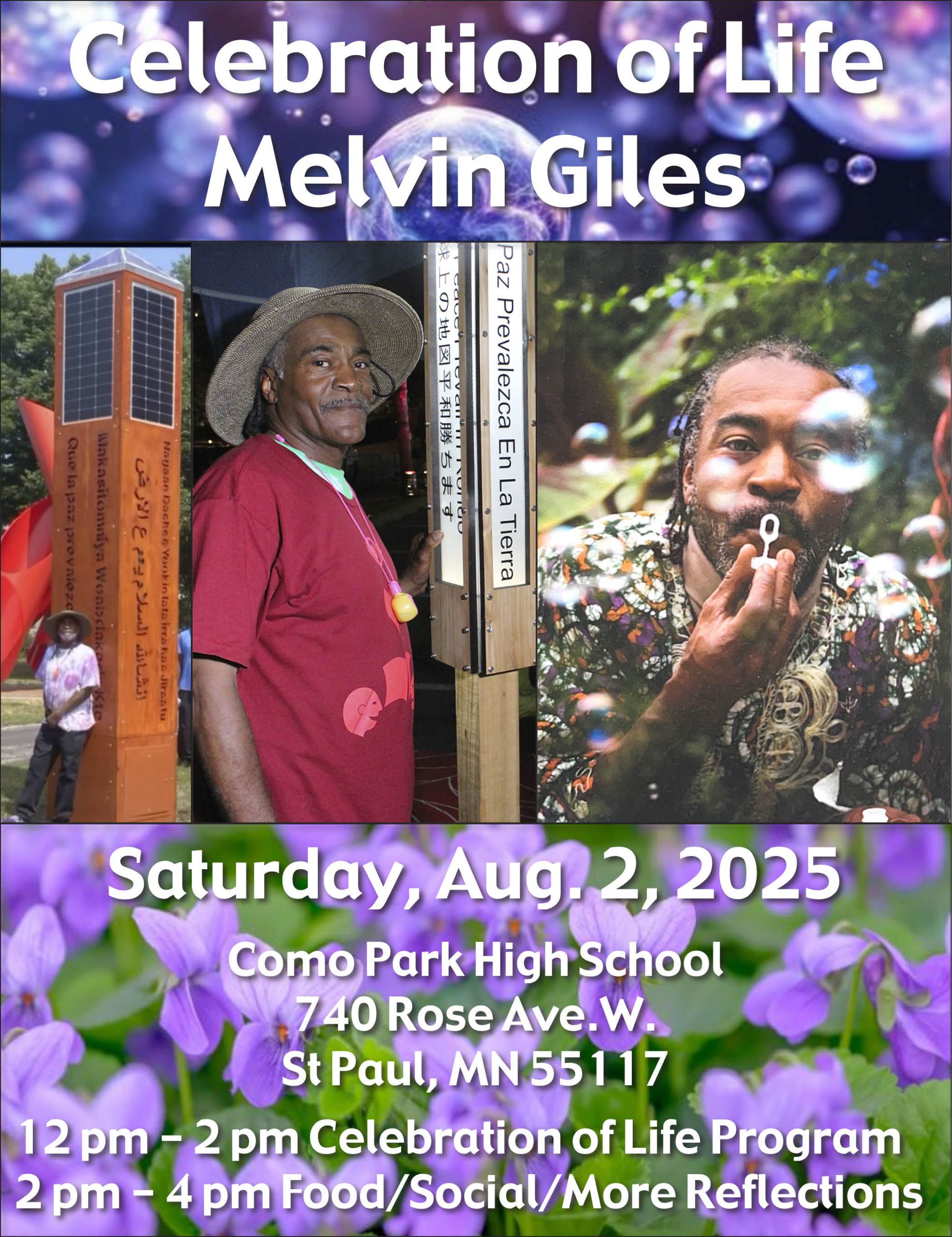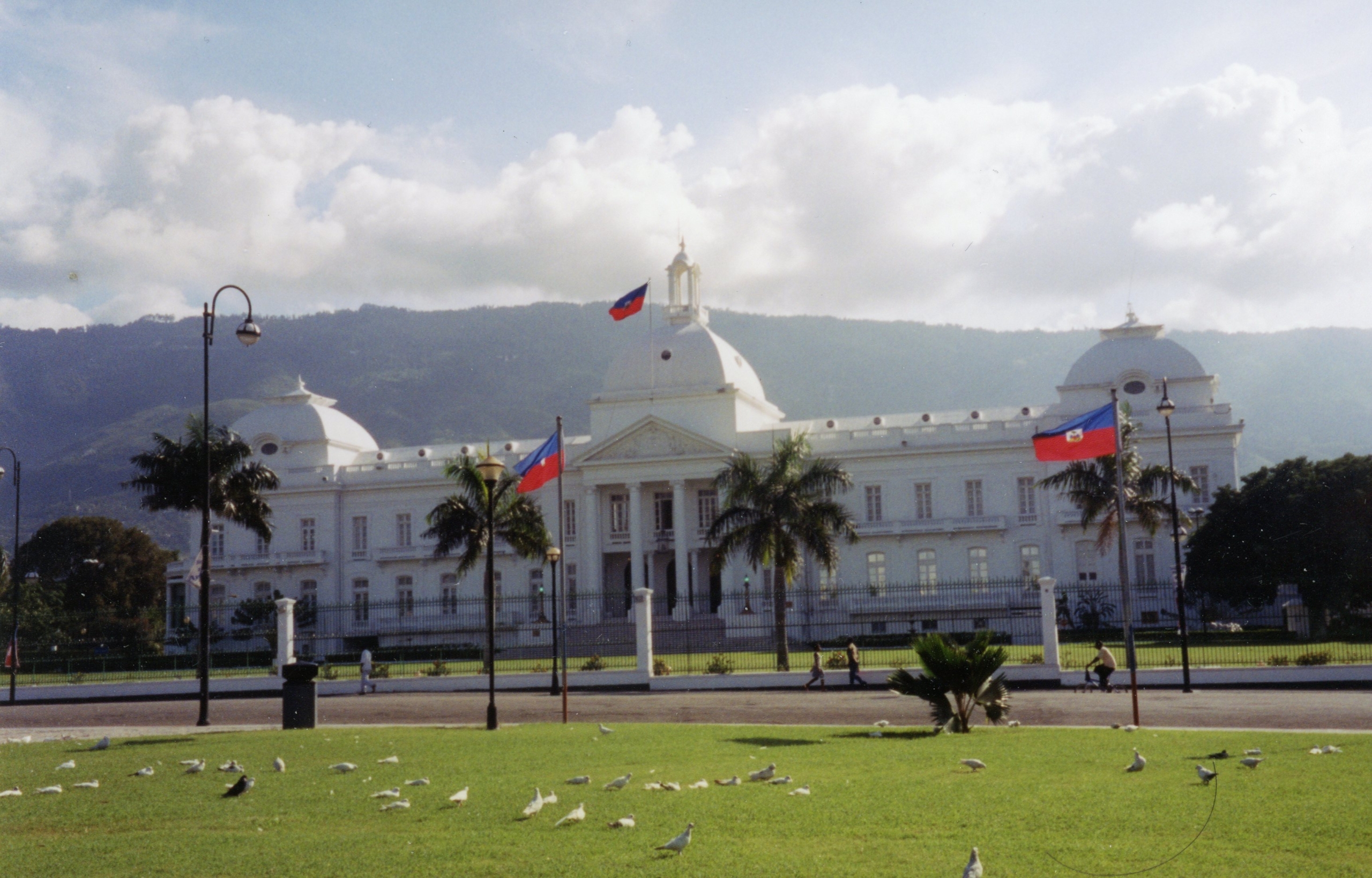August 9, 2025
PRENOTE: Overnight came a post from Heather Cox Richardson that deserves your time, and is about Russia/Ukraine/U.S. You can read it here.
Earlier this summer my cousin, Remi Roy, took a trip back to the home area of his German-from-Russia ancestors in the Odessa Ukraine and Romania area. His post is here.
Saturday we went to Garrison Keillor Birthday Party at the Fitzgerald in St. Paul. August 4 he made his report on the evening. You can read it here (scroll to end of Garrison Keillor section)..
*
Today, August 9, 2025, is the 80th anniversary of the second atomic bomb in war, Nagasaki. The bomb exploded at 11:01 a.m. August 9, Nagasaki time. My computer says that the exact same time here would have been 9:01 p.m. August 8.
Hiroshima 2025 Minn Star Tribune is the article in the August 7 Minnesota Star Tribune (a snip of the article is below)

The two events were horrendous. Nobody knows with any certainty the deaths August 6 and 9, 1945. Here’s a source that seems thoughtful on the issue.
The events at the end of WWII will be debated forever. The tendency is to try to simplify what is an extremely complicated history. The horror of WWII has been documented, and all that is left is what have we learned for the present day and the future. That is up to us, of course. We know what happened before. Have we learned anything that will help prevent a repeat?
My ‘witness’ this year to WWII was to watch the two hour American Experience program on PBS: “Victory in the Pacific”.
The good news is that the atom bombs were used only twice in combat, both by the United States, 80 years ago. The bomb and even more powerful successors have not been used in combat since. Their effect was the best argument against their use. But they continue to exist, and they are constantly in the dark minds of despots, including our own. The campaign against them has to continue.
*
In the August 6 post this year I took a slightly different tack on the issue. You can read Peter’s comment here.
For today, August 9, I want to recall a powerful two day workshop I attended in early February, 2005, at the University of Minnesota titled “Paths to Sustainable Peace: Accountability, Reconciliation and Problem Solving“. My recollection is that the workshop had a specific connection to the 10 year anniversary of the Rwanda genocide of 1994. It was co-sponsored by the U.S. Institute of Peace and the Hubert H. Humphrey Fellowship Program partners — the Hubert H. Humphrey Institute of Pubic Affairs, the U of M Human Rights Center and the U of M Law School.
Included here is some of the content of the two days, specifically my now-20 years old personal commentary at the time of the conference. It is simply my writing at the time, and I think it may help the reader to clarify his/her own notions on a most complicated topic: Sustainable Peace Feb 2005 UofM
I’ve participated in one way or another in hundreds of this kind of event over the years, and this is one of the very rare ones where I kept the file.
We are doomed if we fail to learn from the past.
(The workshop was 20 years ago. We had been entangled in the Iraq War since 2003. Twenty-two years later we, and the world, continue to be awash in very serious problems: Israel/Gaza, Ukraine/Russia, our own Civil War in the United States…. Resolution – sustainable peace – is up to us, not somebody else. Your choice whether to open and read what I said 20 years ago. I hope you do, and that the attachments give you some food for personal thought and motivation to action.)
COMMENTS (more at end of post):
from Brian: Thanks for posting! As a pre-teen kid I remember asking my Momma about why we nuked civilians in Japan’s cities? She hugged, hugged and hugged me and said “Brian they attacked us in Pearl Harbor and Might Makes Right dear.” Oh Scheiße!
from Marion: Thanks much, Dick. Just finished reading Erik Larson’s, best seller, In the Garden of Beasts–pre-WWII Berlin, mostly from perspective of Ambassador Dodd.from Sandy: Thanks Dick! I will read this because you always post great information! Hope you are doing well
from Sandy: Thanks Dick! I will read this because you always post great information! Hope you are doing well
from Fred:
from Bill:
I’m just getting into Episode #438 (!!! how could one ever catch up?)of the “Unauthorized History of the Pacific War” project, which features Jon Parshall’s presentation on “War Termination Scenarios and the Numbers Behind Them” that he gives to those attending his tours of Hiroshima/Nagasaki. (It will have occurred to you by this time that you and he are dead ringers, with your beards and high foreheads.) Anyway, it’s shaping up to be an outstanding segment, and I thought I’d pass on the link before I forget to do it.
When I wrote that column, I didn’t know that a cousin of my Mom and Uncle George was a Captain in the Marines and was involved in the battles at Okinawa and other islands, and in fact was on Okinawa when the atom bombs were dropped. I also didn’t know at the time that a cousin of mine, about my same age, was killed during the horrific liberation of Manila in Feb-Mar 1945. She would have been 4 or 5 and died in her mother’s arms when hit by shrapnel from someones shell. In the genealogy, there is no specific date of death. Her father was a POW in the Santo Tomas Prison at Manila at the time her death. I also didn’t know at the time, that a cousin of my Dad – in fact the best man at Dad and Mom’s wedding – was a field-promoted Army Colonel and at the end of the war briefly served as the occupying Governor of one of Japan’s prefectures.
War is hell.
from SAK:
Interesting, thanks.
Makes one wonder is man wired for war or maybe not?
Looking around & to the past, it might seem that wars are inevitable.
The anthropologist Douglas P. Fry initially thought so but then changed his mind as mentioned in the BBC 3-part series about this question.
It seems the west has to change its mind as well!
Maintaining Peaceful Societies w/ Douglas Fry
I remember when I first hit upon your website Mr Bernard it was all about Peace & Justice & you addressed your readers as P&Jers!
Perhaps both are possible in spite of the current wars, increasing military budgets & loud mouths here & there.








 In summer 1965 we were, in a very real sense, poor. I had to leave my job, and move to a place I’d never been before, with no intention of ever being in Minneapolis. Life was a pretty frightening survival experience. Here are my recollections, written in 1981 for our son, of that time in
In summer 1965 we were, in a very real sense, poor. I had to leave my job, and move to a place I’d never been before, with no intention of ever being in Minneapolis. Life was a pretty frightening survival experience. Here are my recollections, written in 1981 for our son, of that time in 
